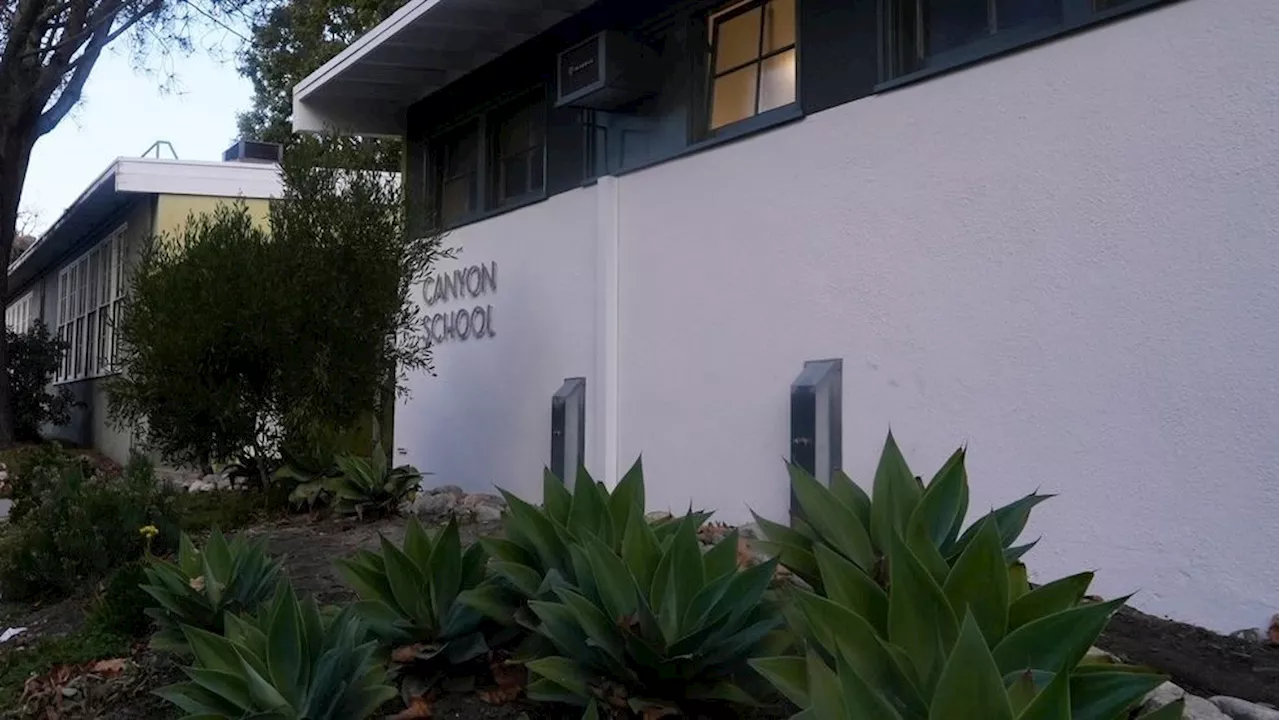Parents grapple with the potential health risks of wildfire ash for their children as LA schools attempt to reopen after intense fires.
Canyon Charter Elementary School remains closed Wednesday, Jan. 22, 2025, in Santa Monica, Calif., following nearby wildfires. Kelli Ferrone wiped blinds and window sills inside her daughter’s elementary school, just a half mile from the devastating Palisades Fire that scorched the coastal enclave in Los Angeles. The cotton swabs and wipes came up black.
Ferrone, who recorded videos and shared them with The Associated Press, wanted to see for herself this week if Canyon Charter Elementary School had been adequately cleaned before the school reopens. She wasn't impressed. Weeks after the most intense days of fire across the Los Angeles area, parents are grappling with the reality that toxic ash from burned homes and cars could be harmful to their children. It's a risk that is becoming more common as wildfires burn in cities. In the Pacific Palisades, Canyon Charter could reopen as soon as Monday. School officials say staff are working hard to make sure schools are clean and safe and they're confident in their decision. But some parents feel the school is rushing to open. They're urging officials to temporarily relocate, while others try to transfer their students elsewhere. “The (Los Angeles Unified School District) has never experienced a disaster like this in their history,' said Ferrone, who has two daughters at the school, one with asthma. 'And I do think people are trying really hard, but our school needs a new temporary home with classrooms and teachers teaching in-person. That is the only thing that is going to make people feel comfortable.” In a statement, LAUSD said staff “has worked diligently to prepare schools for a return to in-person instruction.” That includes inspecting ventilation systems, replacing filters and installing air purifiers in classrooms and offices, and cleaning inside and outdoors. An environmental consultant is inspecting campuses. Staff monitors air quality. The district has an Office of Environmental Health and Safety and is following its protocols. Some schools are within a “do not drink water” advisory, including Canyon Charter. That means fountains are turned off and bottled water is provided, the district said. Dr. Lisa Patel, a pediatrician and executive director of the Medical Society Consortium on Climate and Health, said the school is taking all the right steps. Yet, she said, “there’s no zero risk.' The ash is a toxic soup of incinerated cars, electronics, batteries, building materials, paints, furniture, and every other kind of personal belonging. It contains pesticides, asbestos, plastics and lead, all of which children are more vulnerable to. “Children often have more hand-to-mouth behavior and their bodies are rapidly growing in these first few years, so they can be more sensitive to this type of pollution,' said Patel. 'There will be a risk for a while to come in terms of exposure.”Scientists still don't know the long-term health impacts of exposure to massive urban fires like this year's in California or the one in Maui, Hawaii in 2023. Three schools in Lahaina didn't reopen for two months after that. But some chemicals have been linked to heart disease and lung issues, while exposure to minerals like magnetite, which can form when fire burns iron, has been associated with Alzheimer’s disease. In Pasadena, Emily Stough is trying to minimize the risks for her 11- and 14-year-olds who returned to Blair High School, which includes a middle school, this week. She made sure they took masks. In an email to parents last week, the Pasadena Unified School District said some 38 tons of outdoor debris have been hauled away from campuses, and they will only open “after rigorous cleaning and sanitizing and environmental tests.'“Did they test air quality? Did they test ash samples? Were the ash samples from inside the school, in the hallways, from outside the schools?,' she wonders. 'Air quality both inside and outside the schools? I’d like to see that. I’d like to know what cleaning was done.”It’s hard to know how long these fire toxins will stay in the environment, said Patel, but it could be a few months. Strong winds like the Santa Anas could also blow them distances where they could enter soil and groundwater. Plastics in particular could last a long time, said Dr. Ilan Shapiro, medical affairs officer for AltaMed and a fellow with the American Academy of Pediatrics. “And we need to remember that the fires are still going. That we still have burn materials coming out.' As communities recover and clean up, that ash will be moved again, he said. Longfellow Elementary School in Pasadena is set to reopen next week, but Tanya Reyes doesn’t plan to send her kids back just yet. The school is about two miles from where the Eaton Fire burned down the home they rented. Even with the school's safety measures, “my gut is saying ‘no,’” she said. “They shouldn’t be around that area. It’s too soo
Health Environment WILDFIRES SCHOOL SAFETY ASH TOXICITY HEALTH RISKS CHILDREN AIR QUALITY LAUSD ENVIRONMENT CALIFORNIA
United States Latest News, United States Headlines
Similar News:You can also read news stories similar to this one that we have collected from other news sources.
 California Wildfire Ash Raises Health Concerns for Parents as Schools ReopenParents in communities impacted by recent wildfires in California are grappling with concerns about the long-term health effects of ash and smoke on their children as schools prepare to reopen. The ash, containing toxic substances like lead and asbestos, poses a risk to children's developing bodies. While school districts are taking measures to clean and sanitize campuses, some parents are demanding temporary relocations due to lingering health fears.
California Wildfire Ash Raises Health Concerns for Parents as Schools ReopenParents in communities impacted by recent wildfires in California are grappling with concerns about the long-term health effects of ash and smoke on their children as schools prepare to reopen. The ash, containing toxic substances like lead and asbestos, poses a risk to children's developing bodies. While school districts are taking measures to clean and sanitize campuses, some parents are demanding temporary relocations due to lingering health fears.
Read more »
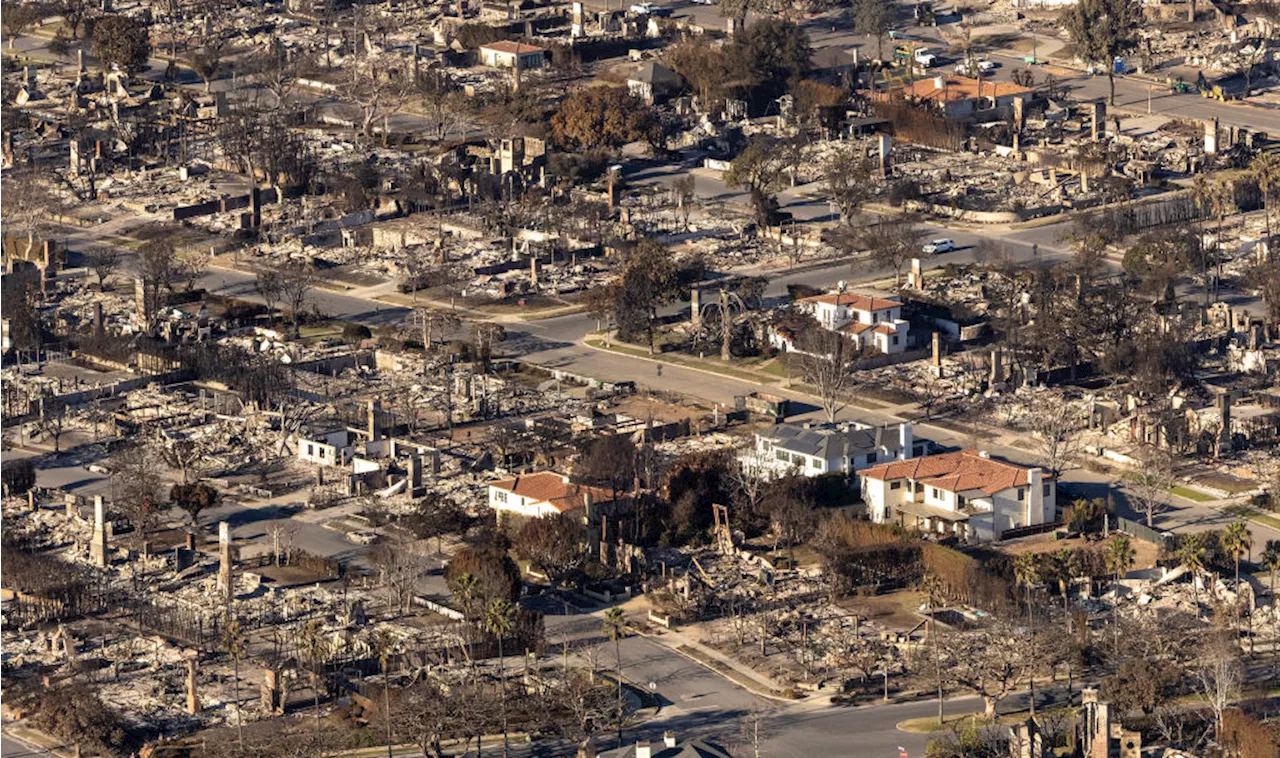 Wildfire Ash Raises Health Concerns as Schools Reopen in Los AngelesAs Los Angeles schools prepare to reopen after devastating wildfires, parents are expressing concerns about the health risks posed by ash from burned homes and vehicles. The ash contains toxic substances that can be harmful to children, particularly those with respiratory issues. Despite efforts by schools and the LAUSD to clean and sanitize facilities, some parents are demanding temporary relocation or transfers to other schools until the air quality improves.
Wildfire Ash Raises Health Concerns as Schools Reopen in Los AngelesAs Los Angeles schools prepare to reopen after devastating wildfires, parents are expressing concerns about the health risks posed by ash from burned homes and vehicles. The ash contains toxic substances that can be harmful to children, particularly those with respiratory issues. Despite efforts by schools and the LAUSD to clean and sanitize facilities, some parents are demanding temporary relocation or transfers to other schools until the air quality improves.
Read more »
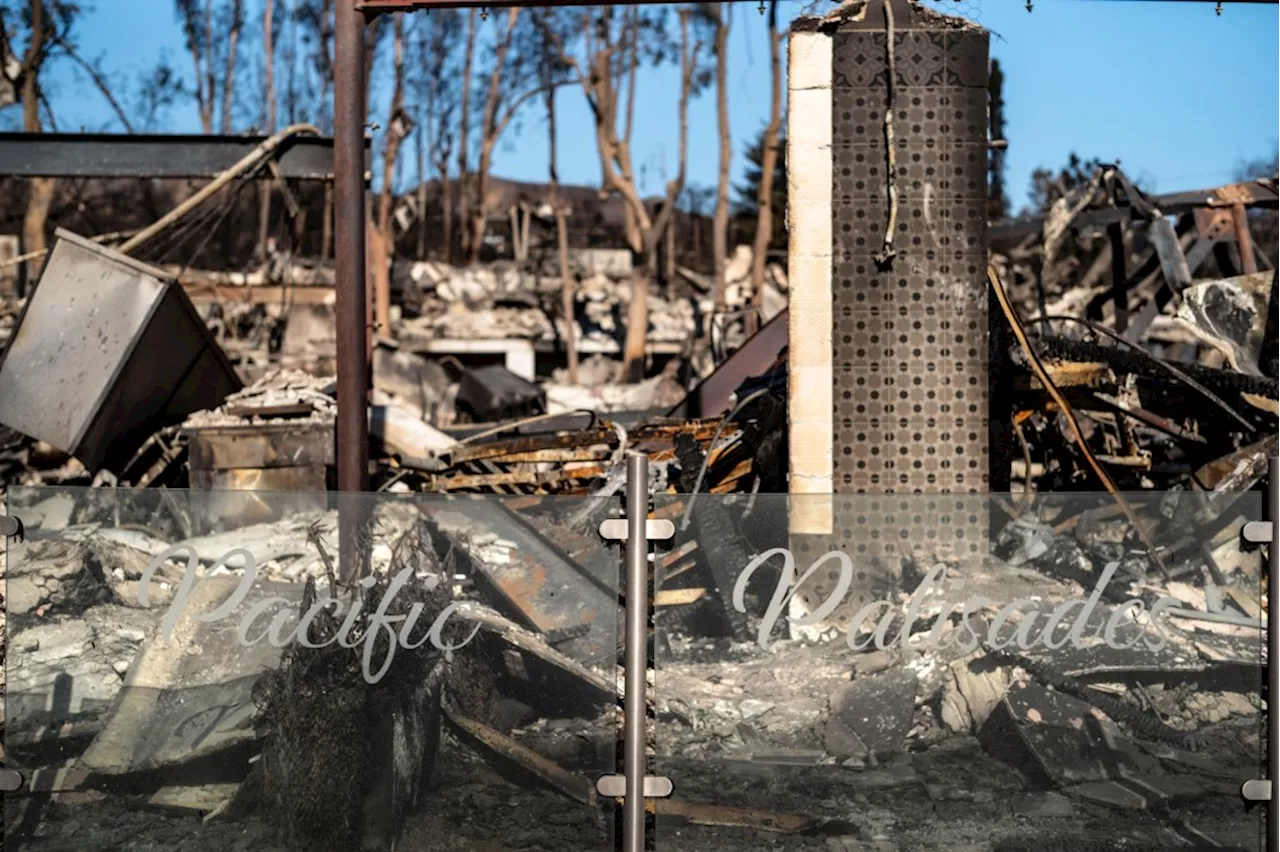 Wildfire Ash Poses Health Risks Despite 'Good' Air Quality ReadingsAlthough a green Air Quality Index (AQI) map indicates good air quality in Los Angeles County, officials warn of potential health risks from wildfire ash. The ash, which can be difficult to measure by standard air quality monitoring instruments, carries carcinogens and may lead to respiratory problems.
Wildfire Ash Poses Health Risks Despite 'Good' Air Quality ReadingsAlthough a green Air Quality Index (AQI) map indicates good air quality in Los Angeles County, officials warn of potential health risks from wildfire ash. The ash, which can be difficult to measure by standard air quality monitoring instruments, carries carcinogens and may lead to respiratory problems.
Read more »
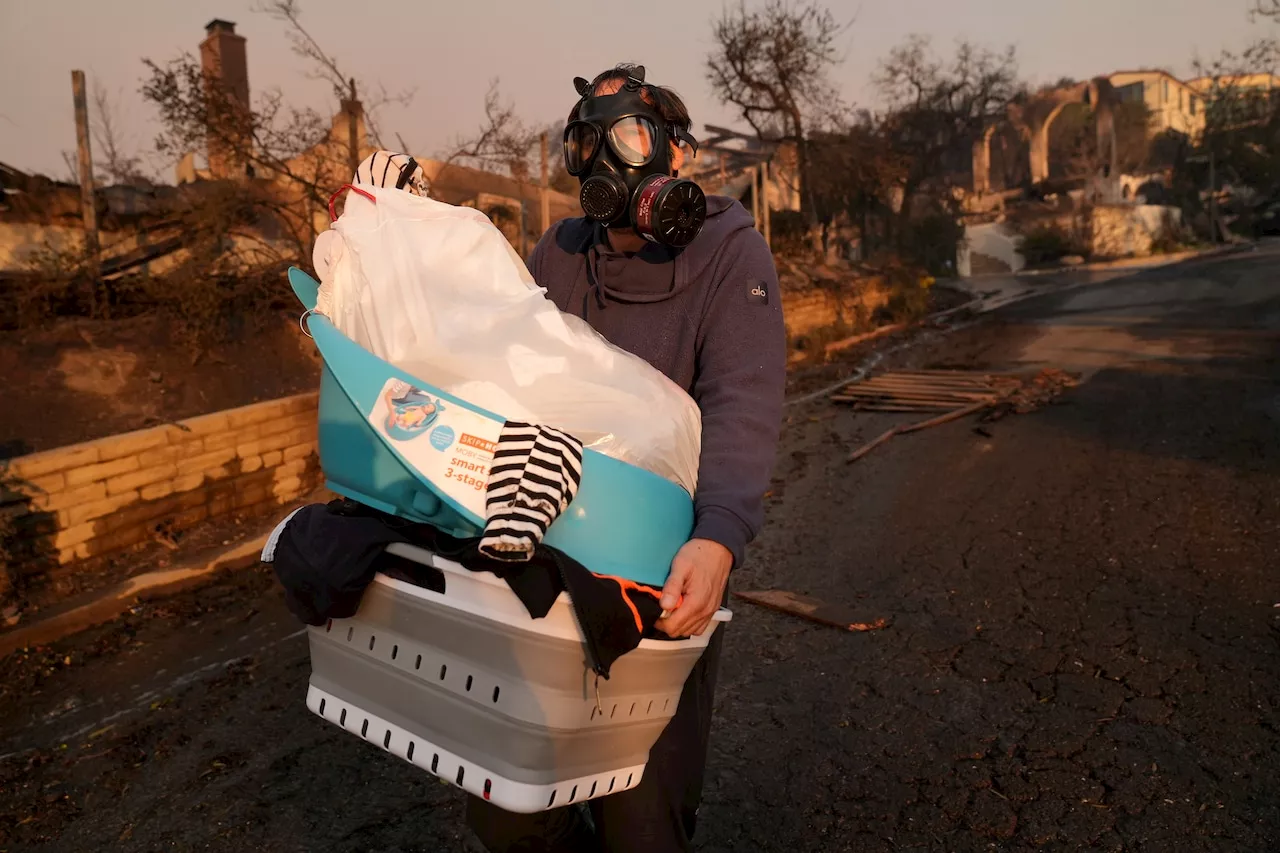 Toxic Ash: Wildfire Aftermath Poses Health RisksAfter California's deadly wildfires, experts warn that the ash left behind is not just ordinary debris but can contain harmful toxins like lead, asbestos, and arsenic. The blazes create complex chemical reactions, transforming everyday materials into potential health hazards. Returning residents are urged to prioritize safety with protective gear and awareness of the long-term health impacts.
Toxic Ash: Wildfire Aftermath Poses Health RisksAfter California's deadly wildfires, experts warn that the ash left behind is not just ordinary debris but can contain harmful toxins like lead, asbestos, and arsenic. The blazes create complex chemical reactions, transforming everyday materials into potential health hazards. Returning residents are urged to prioritize safety with protective gear and awareness of the long-term health impacts.
Read more »
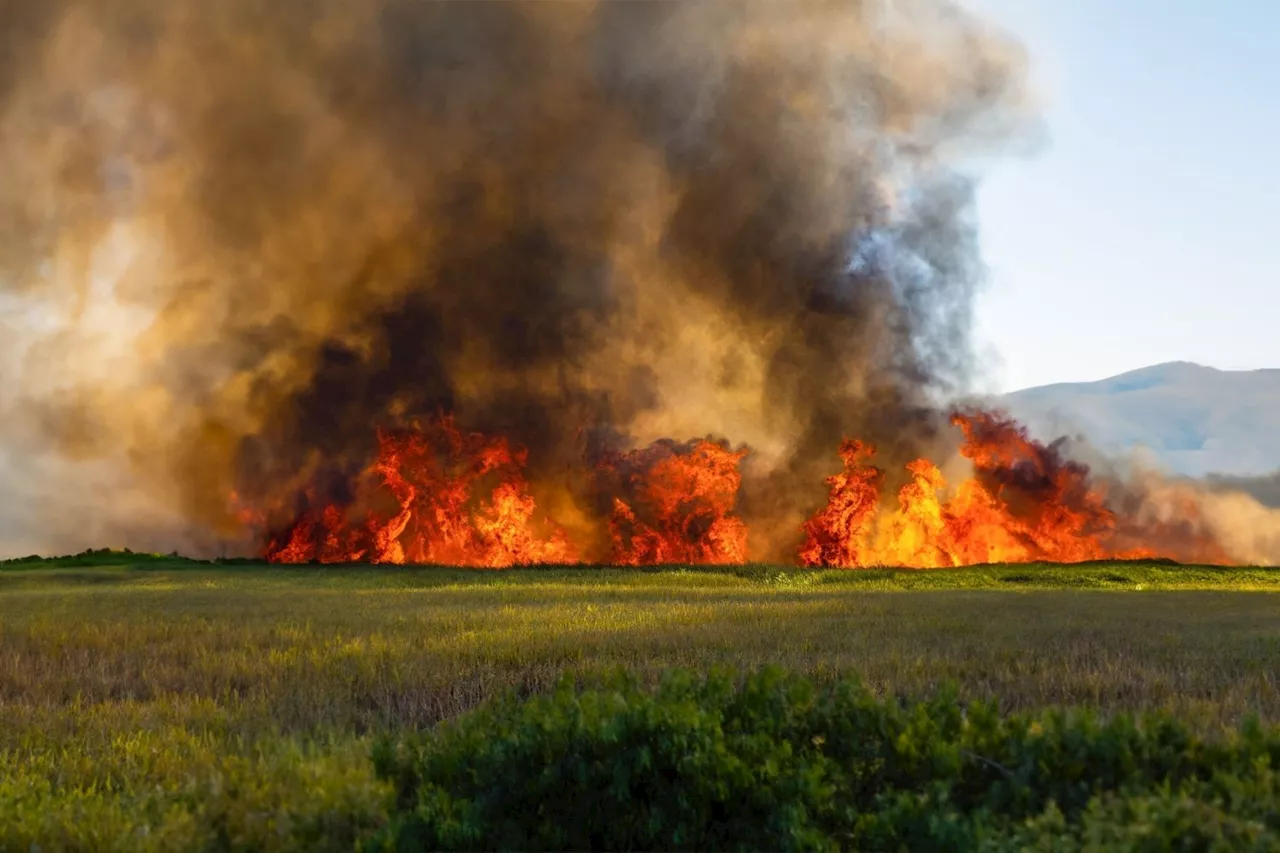 Long-Term Health Effects of Wildfire Smoke and Ash in HomesA study conducted after the Marshall Fire in Colorado found that residents who returned to smoke-damaged homes experienced a range of symptoms, including headaches, itchy eyes, and a strange taste in their mouth. The study also found that living near a higher number of burned structures was associated with these health issues. The research highlights the potential long-term health risks of wildfire smoke and ash in homes.
Long-Term Health Effects of Wildfire Smoke and Ash in HomesA study conducted after the Marshall Fire in Colorado found that residents who returned to smoke-damaged homes experienced a range of symptoms, including headaches, itchy eyes, and a strange taste in their mouth. The study also found that living near a higher number of burned structures was associated with these health issues. The research highlights the potential long-term health risks of wildfire smoke and ash in homes.
Read more »
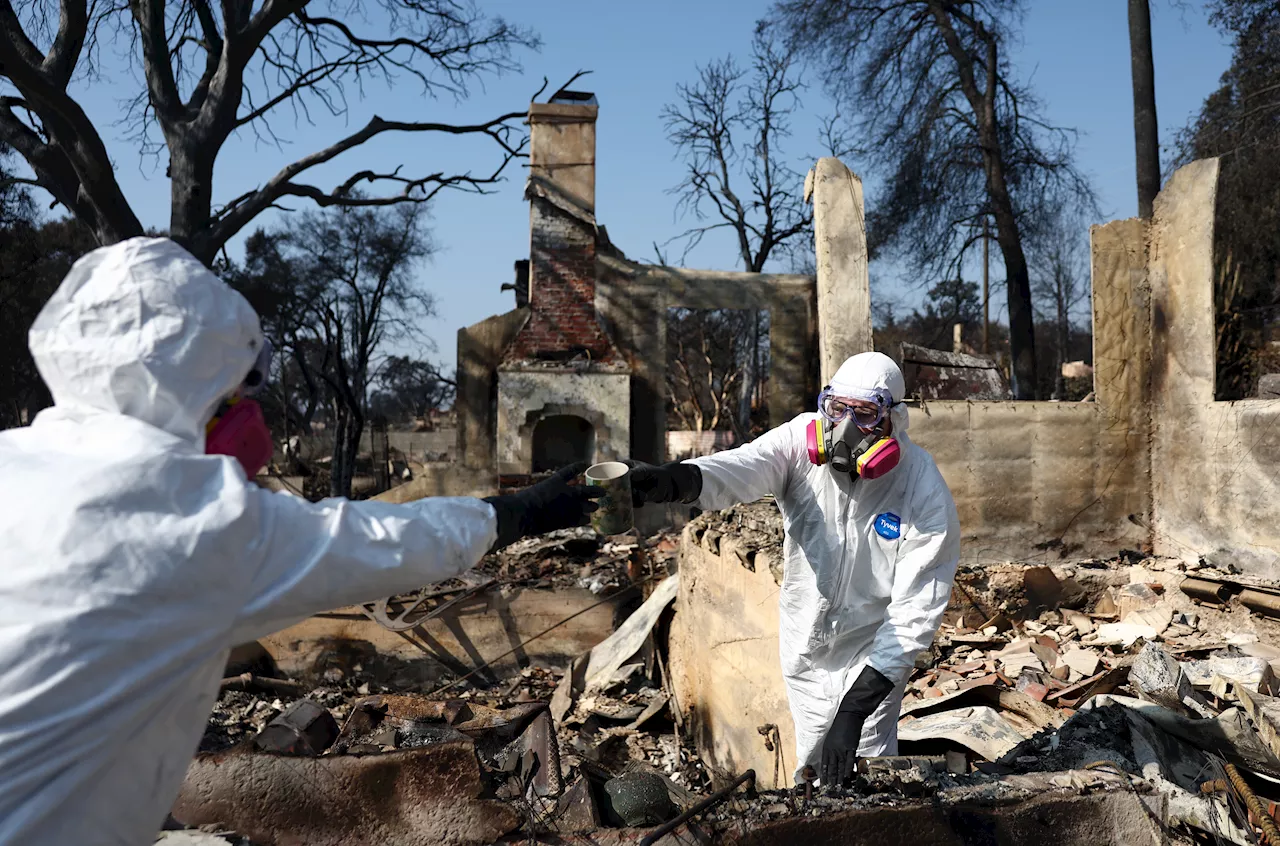 Wildfire Ash Poses Health Threat as Santa Ana Winds Sweep Southern CaliforniaThe lingering effects of January wildfires in Los Angeles County are amplified by strong Santa Ana winds, carrying hazardous dust and ash across Southern California. The LA County Health Department warns of significant health risks, particularly for vulnerable populations. Residents are advised to stay indoors, secure loose items, and monitor air quality updates.
Wildfire Ash Poses Health Threat as Santa Ana Winds Sweep Southern CaliforniaThe lingering effects of January wildfires in Los Angeles County are amplified by strong Santa Ana winds, carrying hazardous dust and ash across Southern California. The LA County Health Department warns of significant health risks, particularly for vulnerable populations. Residents are advised to stay indoors, secure loose items, and monitor air quality updates.
Read more »
